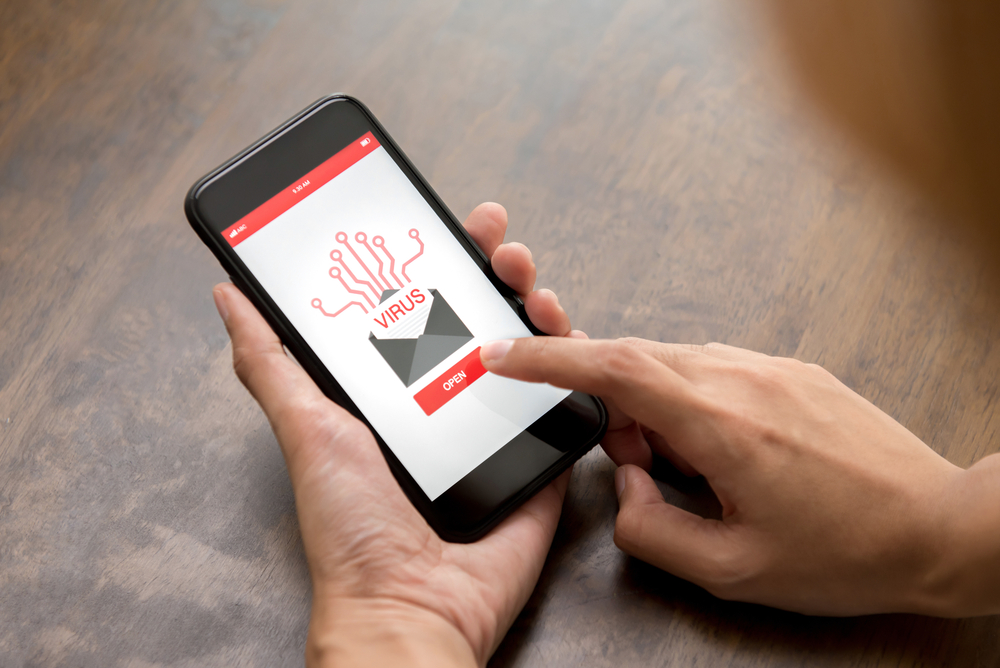A favorite way of any hacker to get control over your data is through email. We’ve all heard of the Nigerian Prince scam or gotten a poorly-worded, threatening email claiming someone has our data for ransom. Usually, these emails are easy to spot and even easier to ignore. But today, hackers are getting smarter.
A new wave of phishing and scam emails is taking PC users off guard. These emails are more sophisticated and harder to spot—they may even come from your friends or family! Don’t worry, though, you can still protect yourself from them by not clicking links.
Links are the key to a scam
By not clicking links, you’re rendering any spam or scam email useless. Simply opening an email and viewing it won’t give you a virus. It won’t steal your information either. But, clicking the link can execute an action that does both. Don’t click email links and you’ll be safe!
But what if I need to click the link?
If you have an email with a link in it—such as from a family member, work or a service you use—you might have to click it. Before you do, do a quick security check to make sure it’s safe. Here’s a quick way to evaluate email links for safety:
- Are you expecting the link? If so, it’s probably safe. If not, email the sender separately and ask them if they meant to send you a link.
- Look at the sender. Do you recognize them? Beyond the sender’s name, look at the email address. Does it look familiar? If you have doubts, don’t click!
- Read the email. Does it sound like the sender wrote it? Or, are there red flags, like strange grammar or odd phrases? If you feel unsure, verify with the sender.
Unfortunately, even following these steps won’t always protect you from a sophisticated hacking attempt. It’s best to have antivirus software or a reliable PC cleaner handy, just in case.
Check URLs
If you do click a link in an email and it appears to be fine, check yourself before inputting any personal information. What makes modern phishing attempts so dangerous is their multi-step approach. The link may not be the problem—the site it takes you to might be!
After clicking a link, immediately view the URL in your browser. If you don’t recognize the URL, navigate away right away. Here’s what to look for:
- http://www.mywebsite.com/ (okay)
- http://www.mywebsite.com/email-1234 (okay)
- http://t.co/25na0Bjfs992nfConf (bad!)
- http://ev.mywebsite.ru/ffaa/8925-faXLd1 (bad!)
Clever fishing emails will attempt to hide a malicious website with a URL shortener or in a subdomain. Look closely at URLs to spot hacking attempts before you do anything else.
Attachments are even worse
Links can be bad, but attachments are even worse. If you open an attachment from an unknown sender, who knows what the damage could be! From spyware to malware, ransomware to an operating system virus, you could be under siege. The only way to solve this problem is a thorough scan of your computer by a PC cleaner capable of removing all signs of malicious software.
Maintain a healthy suspicion of email links and attachments and you’ll do fine in avoiding phishing and hacking attempts. And, as a precaution, make sure you have a reliable PC cleaner like MyCleanPC as a backup—just in case one gets by you!

